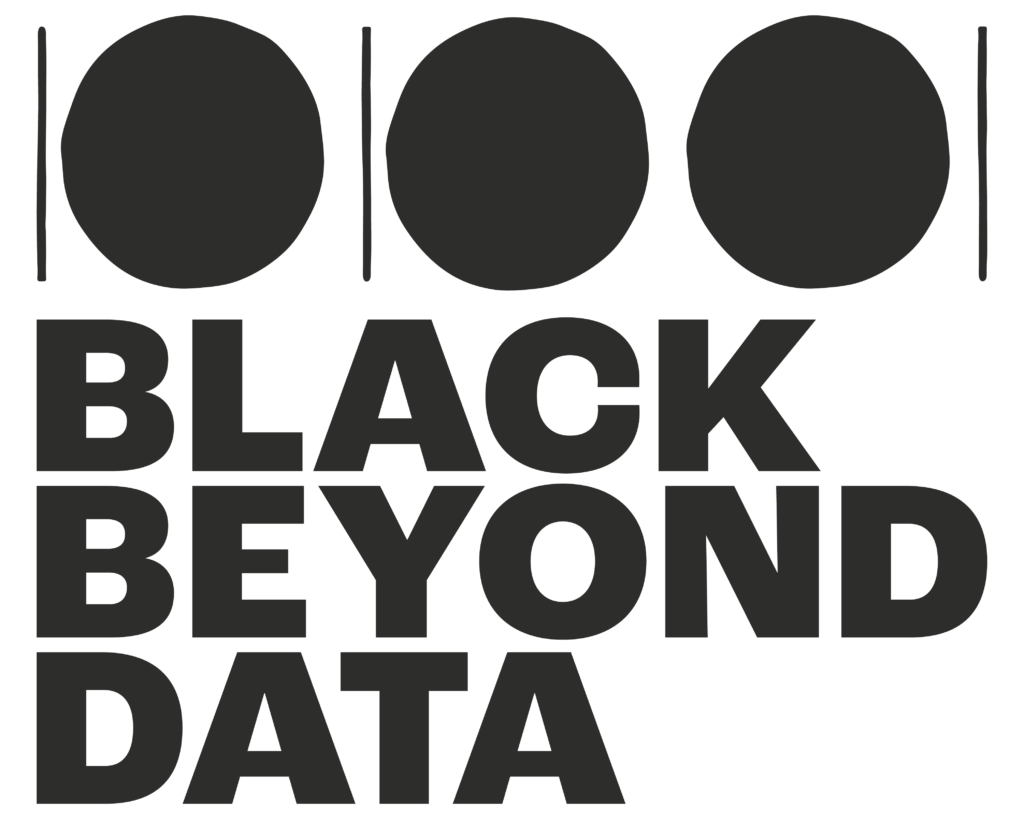Underwriting Souls
Developed by Alexandre White Ph.D. and Pyar Seth with further research conducted by Eliza Zimmerman.
Underwriting Souls aims to contextualize our understanding of a particular archive of slavery, one centered on the financial systems that formed and maintained the Trans-Atlantic Slave Trade until its demise in the British Empire in 1807. It is also meant to serve as a critical means to question and confront the narratives that emerge from relatively unexamined documents. We are grateful to the Mellon Foundation for funding this work and to Johns Hopkins University for facilitating this research.
This online platform draws upon recently digitized materials from the Lloyd’s Collection related to the insurance of slaving voyages during the Atlantic slave trade. Within this site you will find a full digital archive of materials from Lloyd’s pertaining to the trans- Atlantic slave trade. In addition you will find several exhibits produced from research on the materials in the Lloyd’s Collection. In addition you will also find throughout the site, links to Uprising and Resistance, a poetry and artistic volume responding to the materials in this collection. While the activities of insurers in the City of London may seem far removed from the western Atlantic plantations, the ships, and the violent spaces of imprisonment along the coasts of Africa, these financial architectures and actuarial assessments developed at Lloyd’s, as a market helped maintain, facilitated and benefitted from the institution of slavery. This exhibit seeks to educate on some of the histories of the Atlantic slave trade before exploring the critical role that Lloyd’s and the insurance of slaving voyages also plays in these very histories.
The collections of Lloyd’s, the largest insurance and reinsurance market in the world, are critically important historical materials for understanding the histories of the Atlantic Slave Trade. While this collection details only a small period of the Atlantic Slave Trade, roughly 1794 leading up to the abolition of the British slave trade in 1807, these materials still provide a complex picture of the role of Lloyd’s during the height of the slave trade. These materials also provide key insights into the practices of the Lloyd’s market and the process of insuring slaving voyages. Such records are scant and limited and to our knowledge, some of these materials are likely the only of their kind. Furthermore, these materials shed light on the ways that slavery and the slave trade shaped the City of London.
These materials outline the very real processes of commodification, exploitation, and dehumanization taken against African peoples, facilitating the physical violences that occurred aboard the ship. Dr. Jessica Marie Johnson has written on the challenges of presenting units of measurement, ship ledgers, and numbers of people trafficked during the transatlantic slave trade without considering how these practices themselves participate in a certain abstraction of human life.
“In slaving conventions along the African coast, in slave traders’ desire to transform women and youth into units of measurement, in the symbolic and reproductive labor enslaved African women would be forced to perform, compilers of slave ship manifests participated in the transmutation of black flesh into integers and fractions. This alchemy, powerful in and of itself, meant displaying data alone could not and did not offer the atonement descendants of slaves sought or capture the inhumanity of this archive’s formation. Culling the lives of women and children from the data set required approaching the data with intention. It required a methodology attuned to black life and to dismantling the methods used to create the manifests in the first place, then designing and launching an interface responsive to the desire of descendants of slaves for reparation and redress.”[1]
Lloyd’s was not only critical to the financing of the trans-Atlantic slave trade but the business of enslavement was also critical to the members of LLoyd’s. As will be discussed in our exhibits, some of the most significant insights from these materials highlight the financial instruments, business and familial networks, and everyday knowledge required for the transmutation of African people into integers. We will never know the exact number of slaving vessels, enslaved peoples, or slaving voyages insured by Lloyd’s. From the evidence we do have, there is no reason to refute the assertion that the Lloyd’s market was a central site for insuring slaving voyages throughout the British empire. These materials are essential to understanding how the Atlantic slave trade was insured and the central figures involved in this process. In our ongoing research as well as during the production of these digital exhibits, rather than focus solely on how these materials attest to the scale of the slave trade through the repetition or transcription of measurement, we contend that engagement with these archives sheds light on the knowledge and networks needed to participate and profit from trafficking hundreds of thousands of people. In short, these very financial structures rendered a host of systems, logics, and rationales possible for slavery to maintain.
Alongside these exhibits, we have compiled a digital archive of the materials in the Lloyd’s Collection pertaining to the Trans- Atlantic Slave Trade. This archive provides further information on some of the Lloyd’s actors associated with slavery, most notably short biographies on underwriters, ship owners and ship captains and their relationship to Lloyd’s. In the past, these relationships were not well understood.
Archives, however, present, and leave us with many questions. These materials on the surface tell us little about the people who were captured and enslaved under the practices facilitated by the Lloyd’s market. These documents tell us little about the conditions by which thousands would have been forced to sit, cramped and confined, shackled and in dim light in the belly of a ship as the hull grew full with more people purchased as human property before setting sail. We do not know what sort of lives these individuals made for themselves. From historical scholarship, we know that enslaved people constantly resisted dehumanization and commodification at every turn while forming social and cultural systems that endure to this day. In response to the violent nature of these objects and materials, we partnered with Spread the Word – a London writer development organisation, which helps London’s writers make their mark on the page, the screen, and in the world. We are most grateful for the editorial work of Gboyega Odubanjo, Ruth Harrison, Tom MacAndrew and the brilliant artistic and poetic works of Courtney Conrad, Remi Graves, Keith Jarrett, Levi Naidu-Mitchell, Jess Nash and malakaï sergeant. You can read a digital version of this volume and purchase a physical copy here.
For further reflection on these objects and the formation of the Underwriting Souls project, you can read articles by members of our team here and on our blog. To read about our methods and approach click here. We are grateful to the Mellon Foundation for funding this project and to Lloyd’s for providing access to their collection. This work would not have been possible without the collaboration and support of Victoria Lane, Archivist at Lloyd’s.



